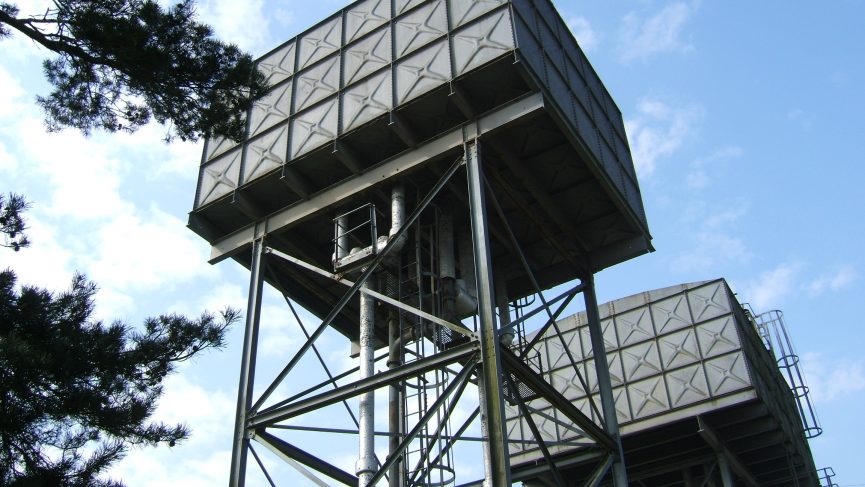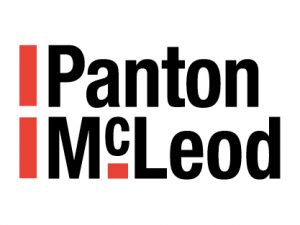A few months ago I sat in a meeting with the new tier 1 suppliers overseeing upcoming refurbishment work on a small number of treated water service reservoirs and towers that were leaking. The meeting was aimed at briefing a group of approved sub-contractors who were to bid for the work. The main difficulty with the bidding process was identified as a lack of detailed information on the exact problem. The assets in question were in service and difficult to isolate routinely. Significant planning was going into the management of the distribution system around these assets when the work would take place. There were obvious signs externally of the problem but little was known, apart from assumptions, about the scope of work required internally. One of the briefing points was that sub-contractors should be ready for a variety of changes to the scope once the assets were out and the first view internally became possible. The phrase used was “obviously we can’t see what we are dealing with until we get in there”.
This final statement is fundamentally flawed. We routinely carries out internal inspections and surveys of in-service treated water storage assets. These reports are commonly used to inform cleaning and or maintenance requirements so that detailed and accurate planning can take place before the shutdown, isolation and drainage of the asset takes place. A large number of our clients have saved significant time and investment using this capability to inform work requirements for individual or much wider programme activities on their assets. See our news post below dated 8 January 2016.
High definition footage (see examples on our robotics page) provides a view as good as, if not better, than a direct “mark one eye-ball” view in a drained, confined space inspection. This includes high up in the reservoir where the water provides close inspection access to higher walls which would require scaffolding inside the asset to get a human up to the same height. Internal roof inspections are also possible as the ROV can break the surface to film directly upwards.
In one recent example, a routine ROV survey looking at the maintenance requirements in an asset discovered a significant leak caused by the root of a plant that had breached the structure. This required a totally different scope of work for the repair and significant savings were achieved by having the correct planning in place for the repair, rather than having to reset the scope once confined access was made available.
This capability is now something we have completed throughout the UK for over 10 years and is about to complete for the first time in South Africa. Additional project reviews are also in advance stages for potable water assets in Australia and Norway.
Please get in touch to discuss how this capability may be able to help your maintenance planning and prioritisation.
For more information, contact the team on 01896 663 330 or email info@pantonmcleod.co.uk
Keep up to date with all our latest news via Twitter. Follow us at Panton McLeod


